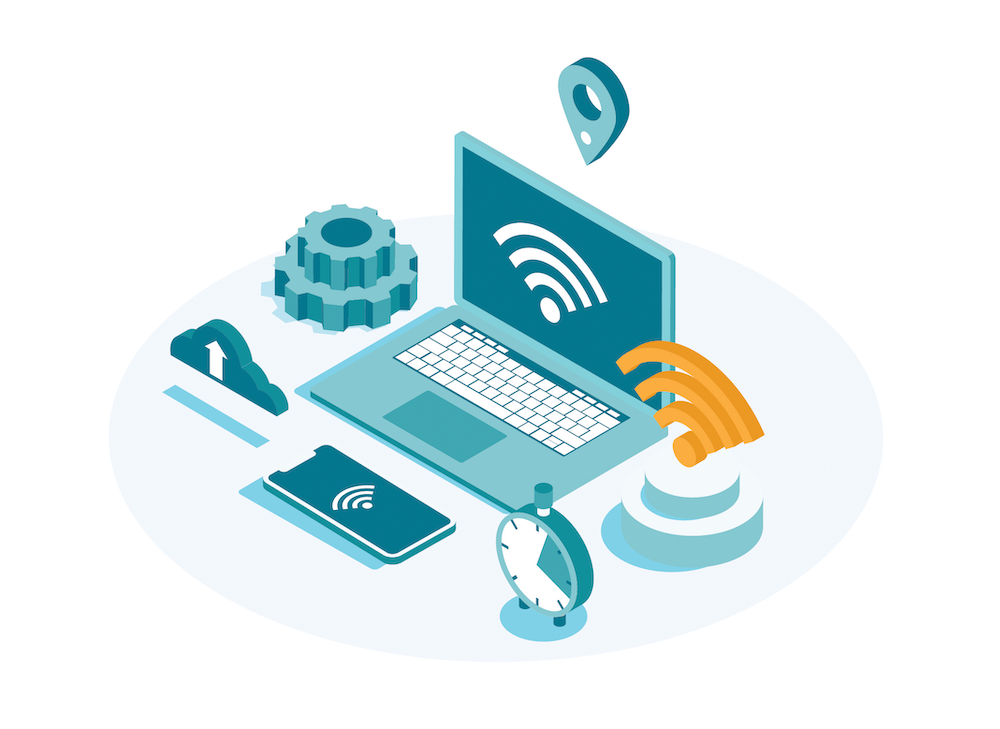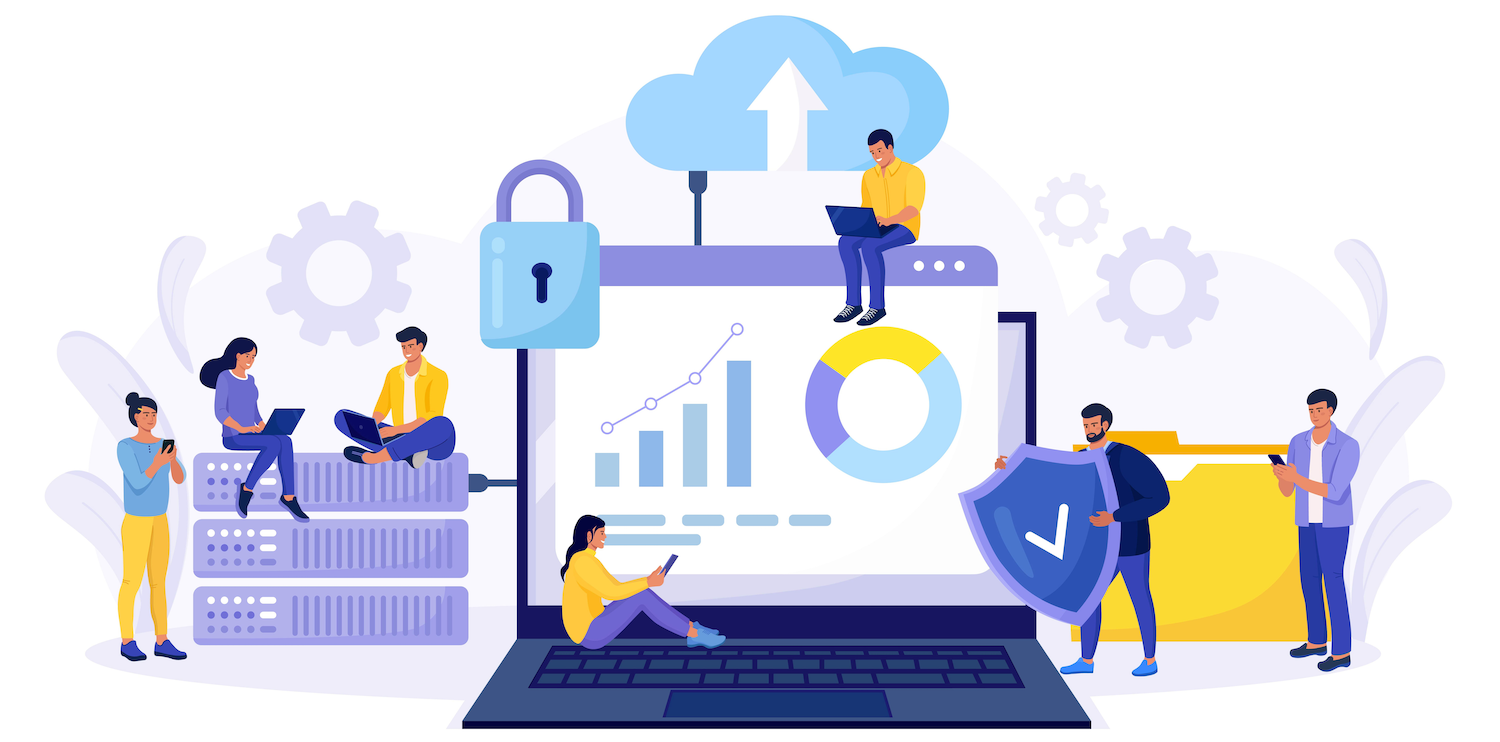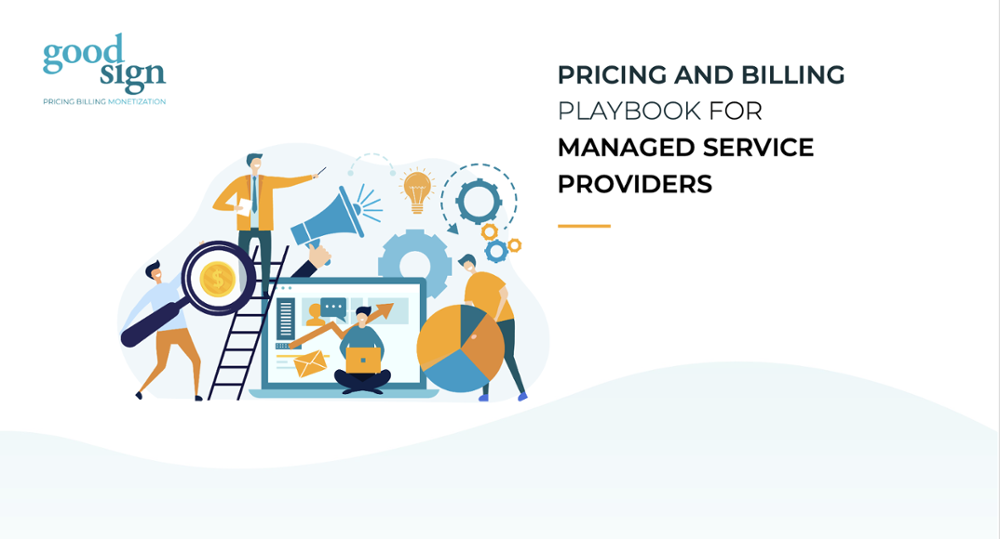How to Streamline Your Billing System for Scalability
As your business grows, scalability can be essential to success. But it's not only about scaling up operations and adapting to increasing volumes –...
2 min read
 Taija Engman
:
Jun 30, 2021 10:00:00 AM
Taija Engman
:
Jun 30, 2021 10:00:00 AM

Yes, you want recurring billing, but your ERP and legacy systems do not provide the pricing and rating flexibility to cater for subscriptions and pay-per-use and to deliver that type of invoicing.
We hear this a lot from our clients. So, what was their solution? Often, they had ventured the slippery path of a quick workaround (or two or three): An excel sheet to consolidate data to recalculate the correct pricing. Some RPA to speed up the process. Some manual work. How feasible is it moving forward?
In this blog, we will argue that the cost of a quick band-aid to a deep-rooted problem will be higher than solving it with a real, fundamental solution.

When confronted with a new billing demand, most people will instinctively search for a quick workaround so that the system keeps on running.
That’s when a spreadsheet gets introduced, and some Excel Macro or RPA processes created to capture and calculate the billing data. Sometimes functionality gets solved elsewhere in the process, for example, a CPQ solution, or on a service management system.
All work for a while, but in the end, you are optimizing a suboptimization. For example, change management over a contract life-cycle remains a big headache. You may enter a never-ending workaround carrousel.
Over time, your customers will enter into different commercial contracts with your company, for example, your company comes up with new propositions over time while existing contracts remain. Or potential large customers run RFQ processes, which may require specific pricing setups.
In recurring revenue, the initial offer content and a suitable door-opening price is just the start of a relationship. Upselling and cross-selling are desirable. Services evolve. Usage volumes change over time. Discounts expire, and price lists change.
Your short-term billing solution to enable a proposition becomes the long-term problem as time passes. And every change means changes to the string of shortcuts.
The paradox in ERP is that it is meant to be holistic, covering all aspects of your business digitally. Firmly rooted in its fixed process model and data model, it navigates your stable business processes well.
All functionality available works seamlessly, but - apart from the configuration options - what is not there is simply not there.
Deviating from the existing data model is the source of wealth for system integrators or a headache for your IT department. If you want flexibility, look elsewhere.
Traditional ERP-driven billing modules cannot keep up with the flexibility needed in recurring revenue in managing the business concepts, pricing schemes, contract lifecycles, and integrations.
In ERP, these processes are too much a part of the overarching ERP setup where physical products are ordered, delivered, and invoiced with a waterfall approach.
Modern agile billing systems will better suit future needs as a system in the middle. We believe that billing will increasingly be considered a mid-office solution connecting the customer front-end and company back-end systems.
If you feel your billing needs will outgrow your current ERP or subscription billing solution, or if you are just curious to learn how Good Sign does things differently, feel free to take us to the test!

As your business grows, scalability can be essential to success. But it's not only about scaling up operations and adapting to increasing volumes –...

Scaling A SaaS Business Is A Different Ballgame SaaS is hot, and while the subscription economy is nowadays mainstream, many client companies...

Managed Service Providers need a scalable, reliable, transparent, and flexible pricing and billing solution due to the complexity of their customer...